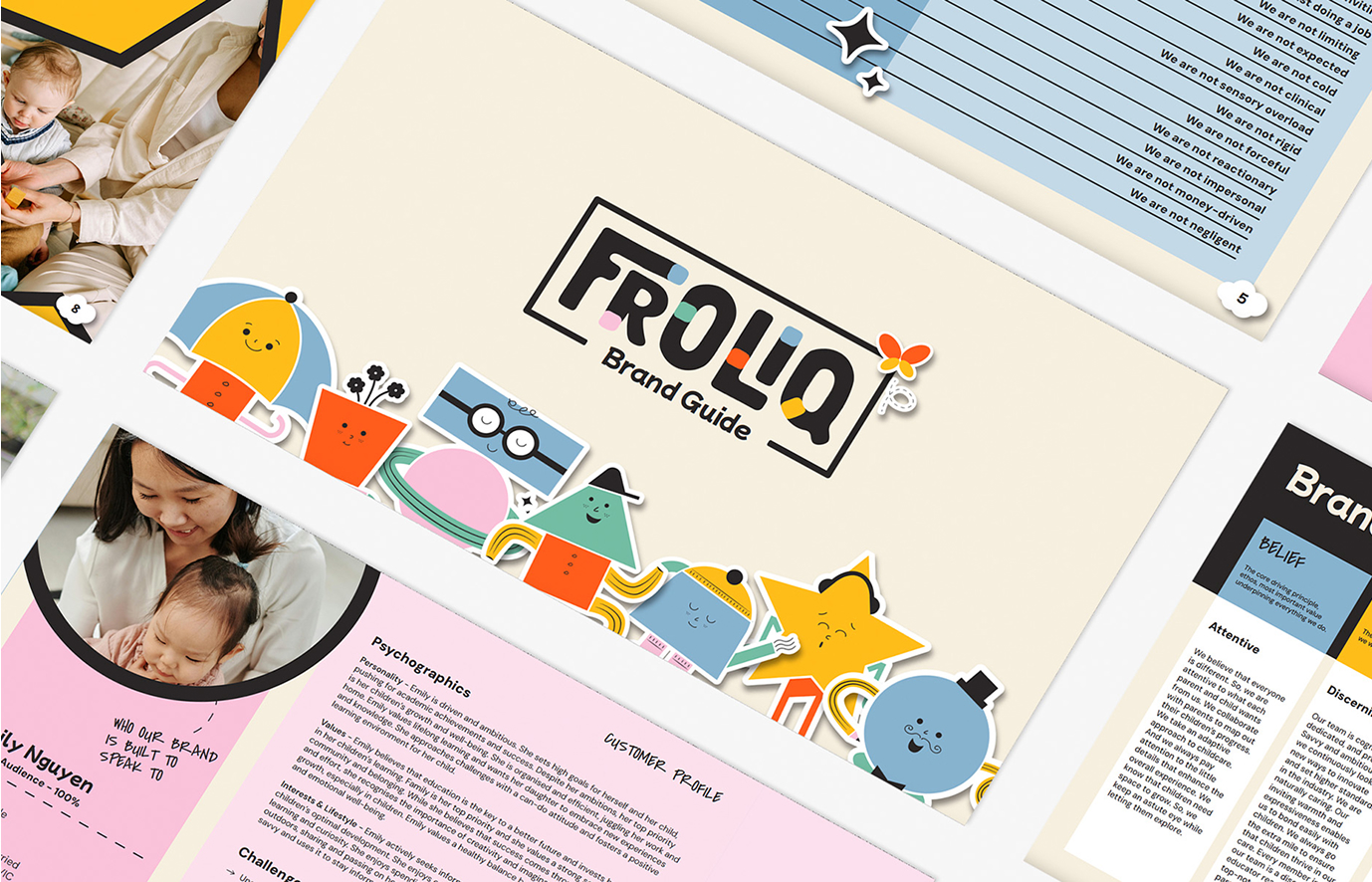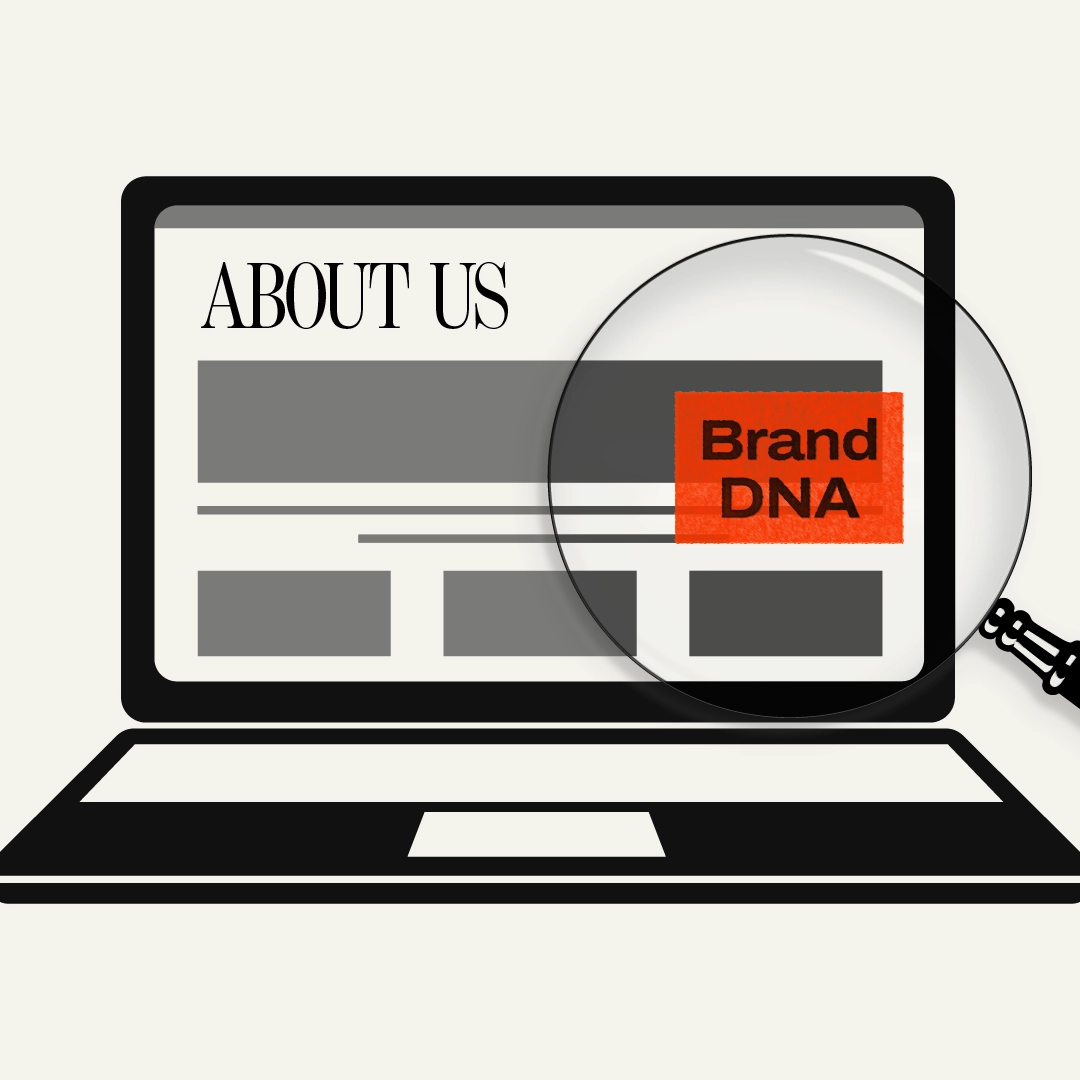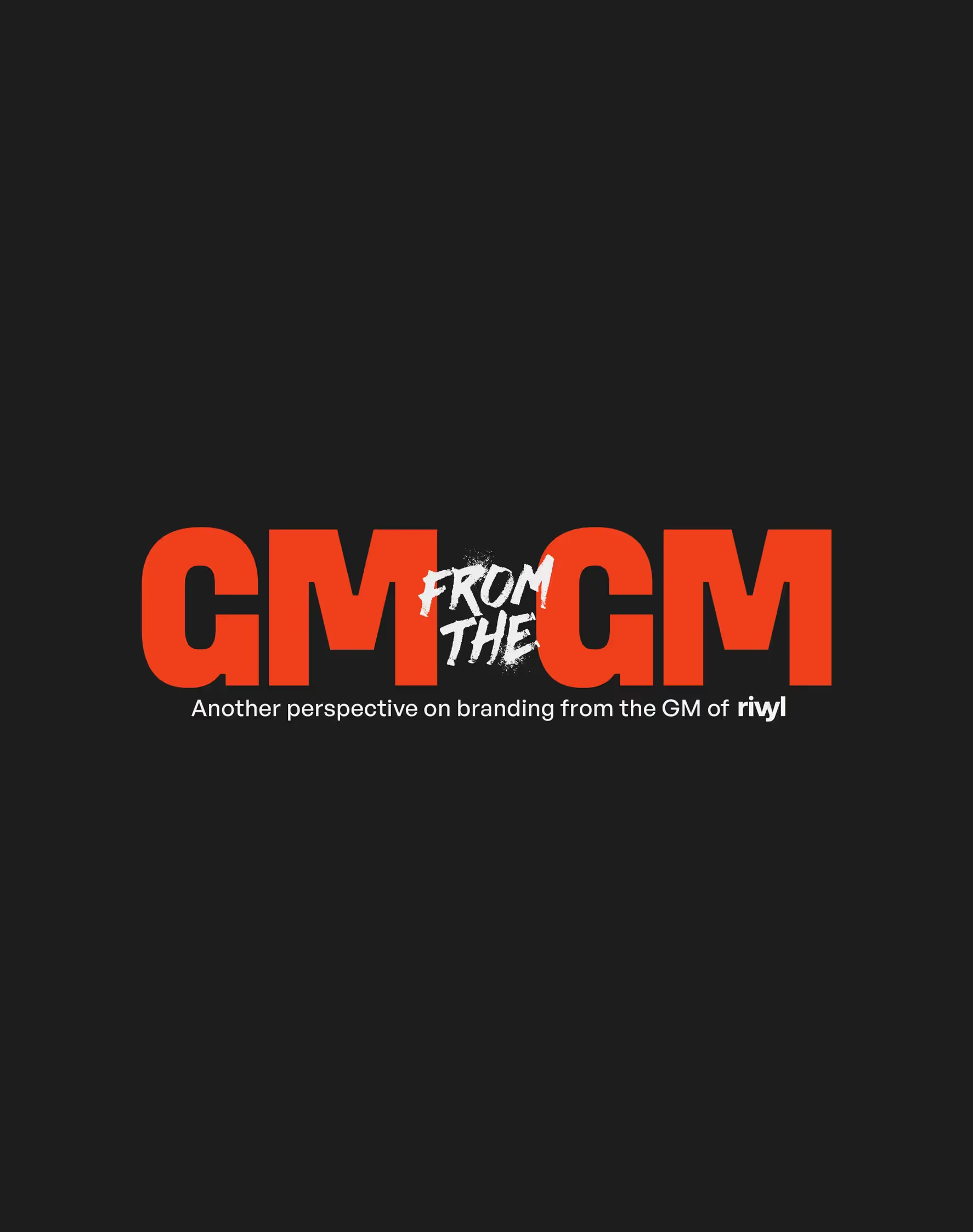

Windows
BRAND DESIGN
Windows' brand design is epitomized by a simple yet iconic four-pane window logo, representing the gateway to endless possibilities and seamless connectivity. Windows showcases the user-friendly interface, innovative features, and a diverse range of applications, resonating with consumers through targeted campaigns that highlight the platform's adaptability and convenience in both personal and professional settings. Windows maintains a robust ecosystem of developers, strategic partnerships, and continual updates to ensure a secure and integrated experience across devices, solidifying its position as a pioneering force in the tech industry.
BRAND HISTORY
Microsoft Windows, a household name in the technology realm, is one of the most widespread operating systems globally, reigning over the desktop OS market since the 1980s. Launched in 1985 with its groundbreaking Windows 1.0, this innovative system revolutionized the computing experience by introducing the graphical user interface and mouse functionality. It set a new standard for user-friendly interaction on personal computers.
Since its inception, Microsoft Windows has been a trailblazer in operating systems, captivating users with its intuitive design, seamless compatibility with a wide range of hardware and software, and consistent evolution to meet the ever-changing digital age demands. While facing critiques regarding security vulnerabilities and mandatory updates, Windows has retained its status as the preferred OS for more than 70% of desktop users worldwide, boasting an impressive installation base exceeding 1 billion across PCs, servers, and various devices.
Throughout its history, Microsoft Windows has left a significant cultural imprint with major releases such as Windows 95, XP, and 7, which have become synonymous with pivotal moments in the evolution of personal computing. The latest iterations, Windows 10 and 11, further solidify Microsoft's stronghold in the market, showcasing the company's commitment to innovation, user experience, and technological advancement.
As Microsoft Windows continues to shape the digital landscape, its enduring popularity underscores its indispensable role in empowering businesses, individuals, and organizations worldwide to harness the power of technology for productivity, creativity, and seamless communication. By bridging the gap between functionality and usability, Windows remains a cornerstone of modern computing, facilitating various activities across desktops, laptops, tablets, servers, and even selected smartphones.
Tag
Wiki
Building brands with powerful market presence
The Accelerator

Leading Brands Choose us
Book in with one of our experts.





























































